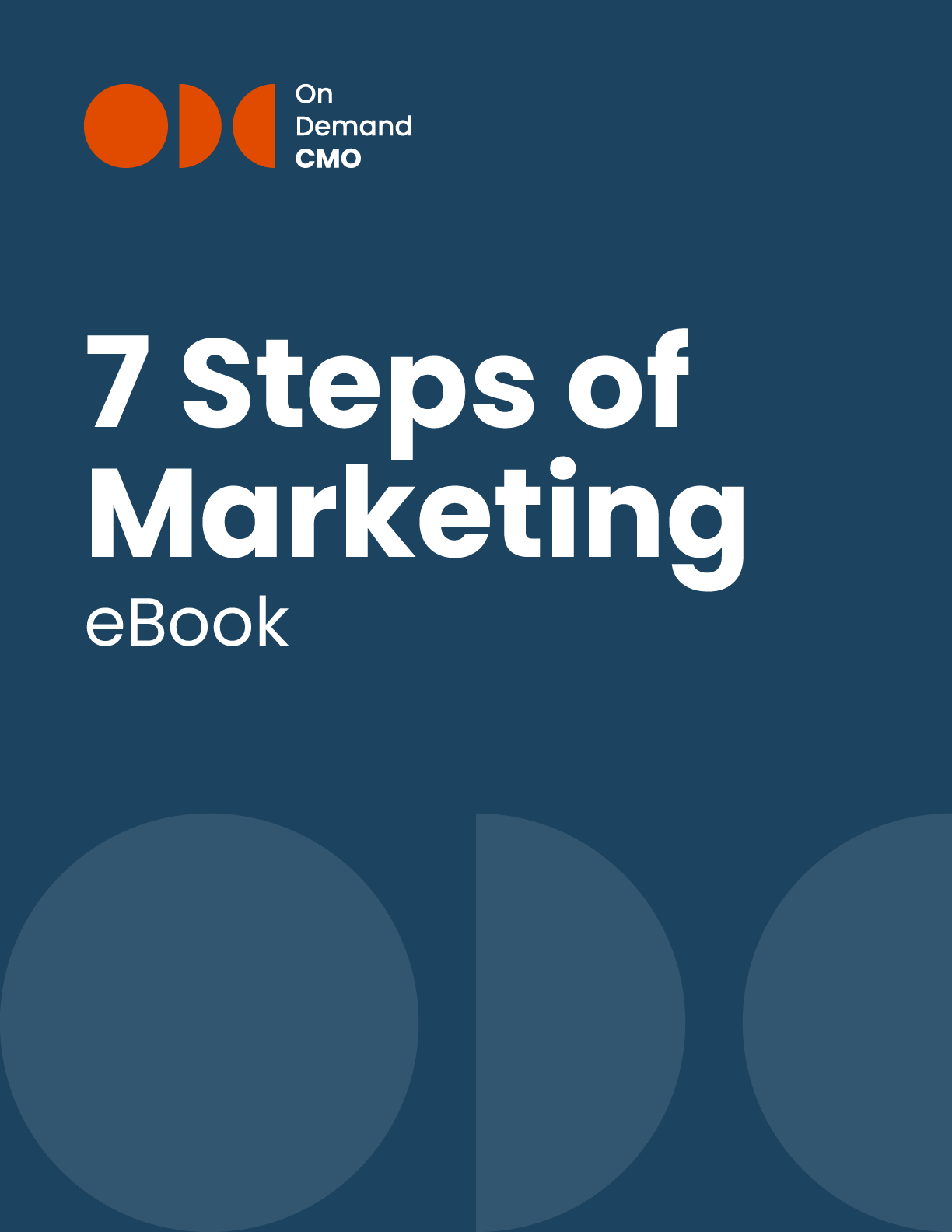Too often, the mission statement is shrugged off as little more than an extravagance. Part of the bells and whistles that make a business plan attractive to investors, but not really for anyone but them. This perspective couldn’t be further from the truth. Articulating your company mission statement is an essential step toward clarifying your long-term business plan, goals, and values–for your investors, for your employees, for your customers, and for you.
You’ll want to take time to plan and draft some potential mission statements before you settle on the one that rings truest to your vision. One approach that really resonated with me for planning your mission statement comes from Patrick Hull, a contributor at Forbes. He suggests answering four questions for yourself:
These questions are seemingly very simple, but take time to explore each before rushing to answer. The first two are more straightforward, but the second two especially require you to consider the role you want your business to play within the larger market, the manner in which you intend to serve your customers, and the ways in which you intend to add unique value to the lives of your customers or to your industry.
Let’s look at how these questions play out in some real-world mission statements. As you see the four questions at work in these mission statements, gather your stakeholders and work together to consider how they could act as a blueprint for your own.
It is our mission to help inspire you to discover natural beauty and well-being in your life by:
What do they do? They develop products so effective that they are trusted by consumers and recommended by professionals. They bring communities back to a healthier, more naturally beautiful state.
How do they do it? They discover effective natural ingredients, unlock their power to deliver benefits for healthy skin and hair.
Whom do they do it for? Consumers and professionals. Communities.
What value are they bringing? Natural health and beauty products that are effective; trust in brand
The Home Depot is in the home improvement business and our goal is to provide the highest level of service, the broadest selection of products and the most competitive prices. We are a values-driven company and our eight core values include the following:
What do they do? Home improvement business
How do they do it? Provide the highest level of service, the broadest selection of products, and the most competitive prices
Whom do they do it for? Customers, share-holders
What value are they bringing? Listed core values
You’re armed with some answers to the four questions. Now, you’re ready to write. If you’re trembling at your keyboard like a high schooler with an essay due tomorrow morning, let’s regroup and work through some writing strategies and techniques.
Have you taken a few minutes to study some mission statements within your industry? If not, now might be a good time to acquaint yourself with the competition. Make note of the tone, language, and structure of the mission statements you see, and consider how they match up with the businesses for which they’ve been written. Consider how you might craft your statement so that it sets your business apart from them and reflects the distinct nature of your company. Even if you’re offering a very similar product or service, the ethos that underlies your mission is unique to you.
Ok. Now get to writing the thing. Chuck Cohn, writing for Entrepreneur, offers some helpful mission statement tenets: be specific, inspirational, and succinct.
On the first point, Cohn reminds us that buzzwords and jargon are broad and ineffective. He notes that “when your mission is hard to remember, it’s difficult for team members to align their daily activities with the goals outlined. Choose your words wisely and use terms that are easily understood and relevant to your business.” And likewise, when aiming to be succinct, Cohn suggests saying as much as you can with as few words as possible–”For example, Chipotle’s phrase ‘food with integrity’ captures the company’s commitment to sourcing, cooking and serving good food in just three words.”
The suggestion to be inspirational may strike you as odd, but why should it, really? After all, you have been moved to begin in this work. You have likewise convinced your stakeholders. Your mission statement should likewise reflect this attitude and reach to inspire you, your employees, and your investors to achieve a worthy larger goal. Refer back to the real-world mission statements above, and you’ll find seeds of this kind of thinking there, too. Don’t be afraid to embrace a commitment to actualizing your values.
Looking for more support or inspiration? Check out these example mission statements to get your wheels turning.
Fortune 500 Mission Statements https://www.missionstatements.com/company_mission_statements/fortune_500_mission_statements.html
Personal Mission Statements of 5 Famous CEOs, this article is almost 10 years old but still relevant!: https://www.fastcompany.com/3026791/personal-mission-statements-of-5-famous-ceos-and-why-you-should-write-one-too
If you need help with your company’s or your own, give us a holler. We love this stuff!

OnDemandCMO has authored 7 Steps of Marketing, the only marketing guide book you’ll need to either get your marketing started properly, or stay on track strategically.
It features best practices on branding, messaging, social media, lead generation and much in between.
Please let us know who you are, and we'll share a few of our secrets (we don't sell or trade your info)!